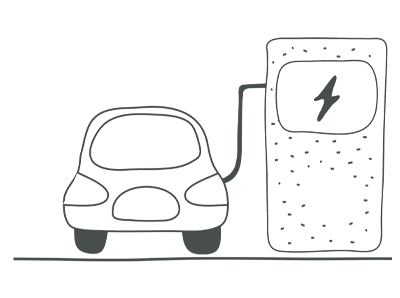
Motorists still need to be incentivised to “go green”
By Paul Baxter, 4th March 2025
Category: Environment
The UK's journey toward widespread electric vehicle (EV) adoption continues to encounter significant challenges, according to our latest research. Our findings reveal that only 38% of motorists plan to purchase an electric or hybrid vehicle for their next car, while 33% still prefer petrol or diesel models, and 29% remain indifferent. These findings underline the hurdles that must be overcome to achieve the government's EV targets, which require 80% of new car sales to be zero-emission by 2030, escalating to 100% by 2035.
Our survey shows that there is still reluctance from British drivers to move to EVs, with concerns over charging infrastructure remaining. Sixty-two per cent of motorists are apprehensive about maintaining vehicle charge during long journeys, and 60% worry about accessing convenient charging points. Despite the UK's expansion of public charging infrastructure—boasting over 73,000 public charging devices as of January 2025—gaps in coverage, especially in rural areas, persist.
Approximately 59% of respondents are concerned about the costs associated with EVs, including battery replacement. While the price gap between EVs and internal combustion engine vehicles has decreased, affordability remains a significant barrier. For the millions of UK households without private parking, charging an EV is more complex and often more expensive, creating an unfair disadvantage.
To address these challenges and align with the EV targets, the government has implemented several initiatives including investment in charging investment. However, we believe that additional measures are needed to incentivise EV adoption, such as the removal of the Insurance Premium Tax on EV insurance premiums to reduce ownership costs.
The transition to electric mobility is a complex undertaking requiring collaboration between the government, industry stakeholders, and consumers. If the government is to turn the heads of motorists and encourage them to “go green” then a commitment to expanding infrastructure and reducing costs will be key.